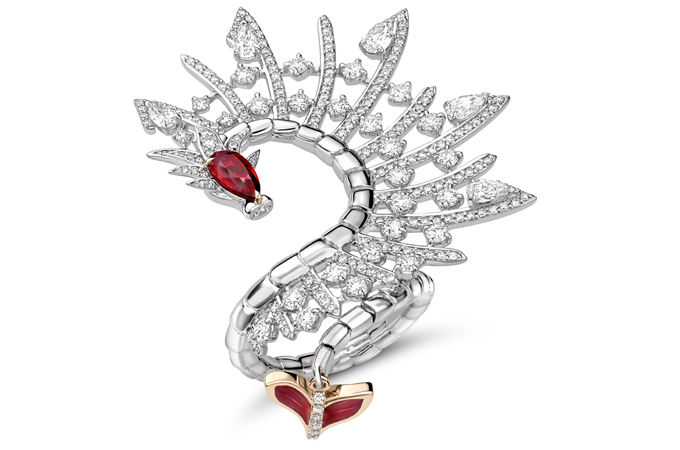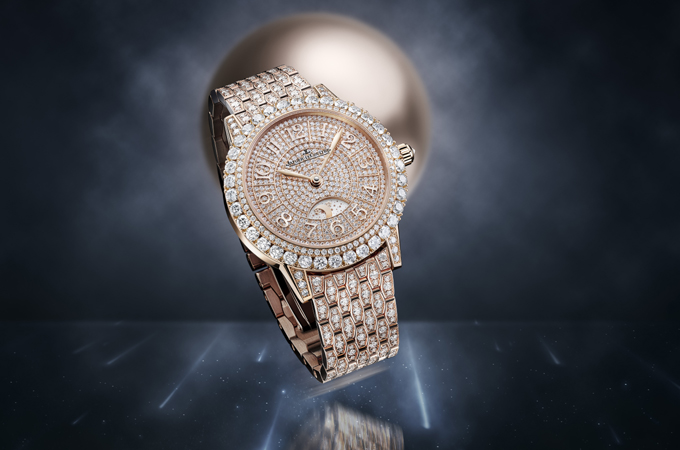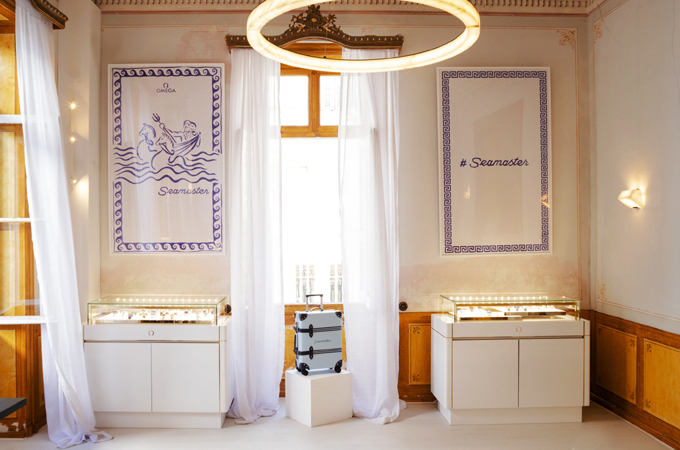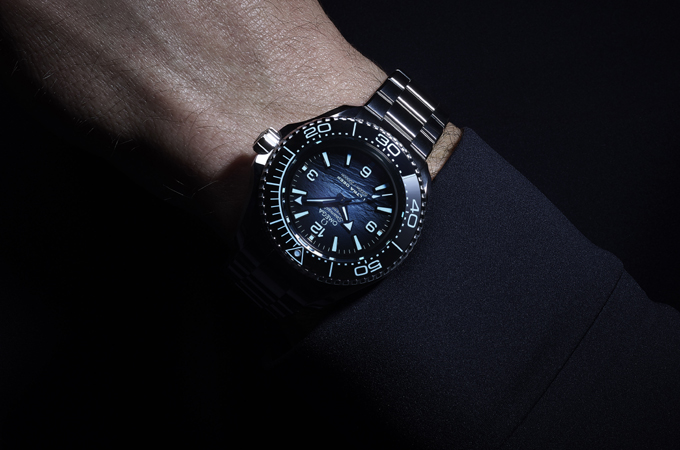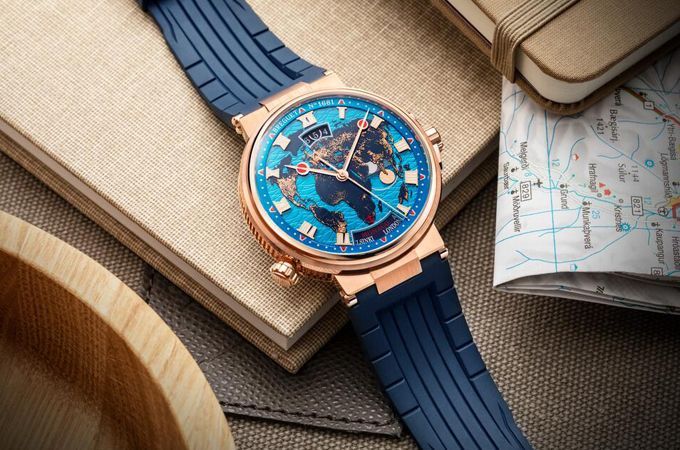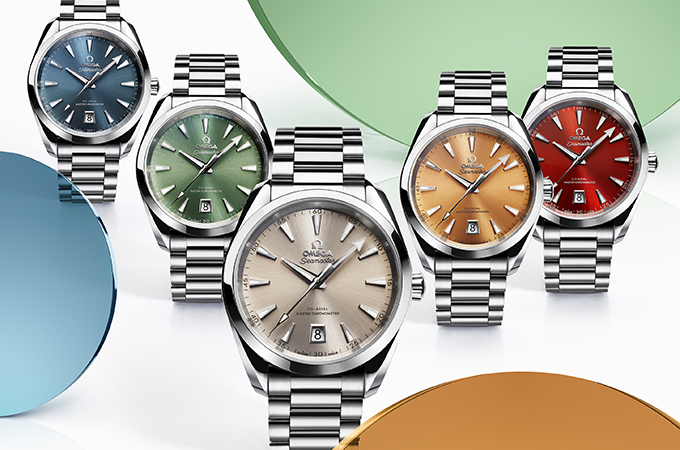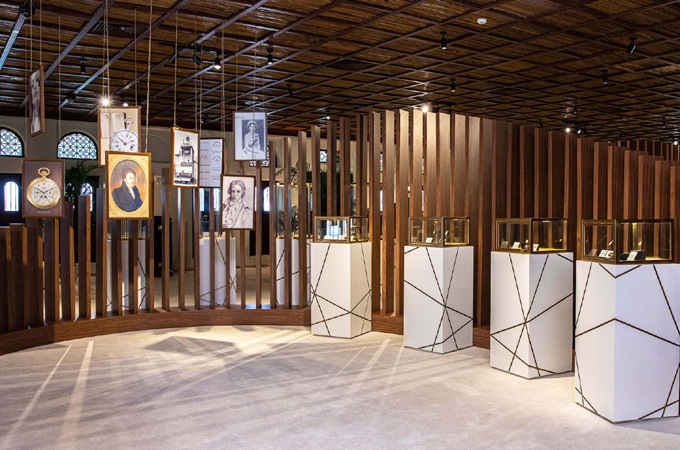Thu, Mar 23, 2017
Rubies and sapphires are amongst the world’s most precious gemstones. Their fiery reds and radiant blues are unmistakable. Less well known are the facts that both these stones are members of the corundum family, and that this family has much more to offer than just red and blue, according the German jeweller W Constantin Wild.
“The corundum family has everything you could want in a valuable gemstone: gorgeous colours, great brilliance, and an excellent hardness of 9 on the Mohs scale, putting it right behind the diamond – our hardest natural mineral – and that means it has excellent wearing properties,” explains Constantin Wild.
The gemstone expert continues: “Its refraction is unusually high too, as evidenced by the wonderful brilliance of perfectly cut specimens. Experienced cutters know that the colour looks markedly more intense when the stone is viewed from one angle than it does when viewed from another.”
Surprising is the colour diversity of this gemstone group. For corundums are capable of far more than just blue and red. As a matter of principle, only a red corundum has the right to call itself a ruby: if the stone features a velvety, more or less intense blue, it’s a sapphire. All other sapphires which cannot be assigned to the blue spectrum are known as fancy sapphires.
“In the trade, their gem name is still preceded by a precise statement of their colour. They are thus referred to as yellow, pink, shocking-pink, green or orange sapphires. For all that, they’re certainly all ‘fancy’, because the wealth of their colours cuts such delightful capers that it inspires jewellery designers to new creations time and again. Mother Nature certainly dipped pretty deeply into the paint pot when it was the corundum’s turn to be created. So these capricious sapphires are uniquely colourful and wonderfully brilliant – and that makes them just perfect for individualists,” Wild says.
Ccorundum is strictly speaking a ‘mere’ oxide of aluminium. It is in fact small traces of elements such as iron, chromium, vanadium or titanium that turn this stone, which in its basic substance is actually colourless, into a red, blue, shocking-pink, orange-pink, yellow, greenish or violet gem.
Traces of chromium produce the fiery red ruby, titanium is responsible for the pure blue of the sapphire, whilst iron and vanadium can cause yellow or green hues.
The interplay of chromium and iron can lead to an attractive shocking pink or orange. If they are joined by a tiny hint of vanadium, furthermore, nature creates a real highlight, a wonderful variety with the mellifluous name of ‘padparadscha’, highly esteemed above all in Asia, he says.
“The word comes from the Sinhalese and depicts the colour of the lotus flower, an orange ennobled by a very slight hint of shocking pink. Traditionally, this gemstone comes from Sri Lanka. Having said that, the name is now also used to refer to the colour itself, so that sapphires with a colour like that of a lotus flower can also come from elsewhere,” he says.
Constantin Wild is at Baselworld 2017, the world’s largest watch and jewellery show, which opens today and runs until March 30 in Basel, Switzerland.






